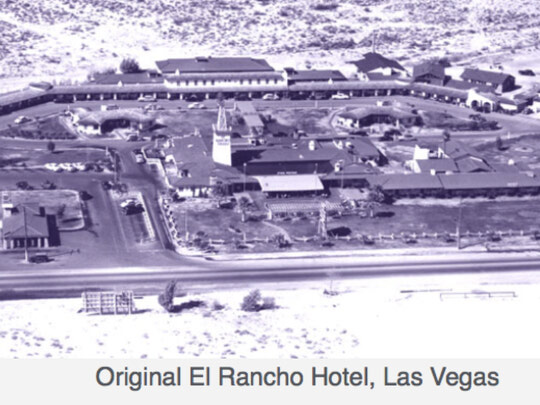Heritage Insights
Two renowned architects ponder how the pandemic is propelling us into the future.
I think that we probably will want more connection with who we are. The idea of restoring old buildings helps us maintain our emotional stability.
The Buena Vista Block was disassembled, then reassembled as part of a larger development. Boreas provided heritage consultation services for this project,
The resulting product was faithfully rebuilt from salvaged materials with stunning results.
Concerned residents make plea for repurposing the site. A community walk around the old Royal Alberta Museum site Sunday afternoon has reignited concerns for the building while a decision from the provincial government on its future remains in the balance
As Canadians, we learn about our heritage by studying our literature, even by studying our music. Rarely do we learn about heritage by studying our buildings.
The following story is part of Capital Foundations, an ongoing series exploring Edmonton's architectural history. Listen in weekly on CBC Radio's Edmonton AM for the latest episode, If only the walls could talk.
Sometimes you need to get out and take a break from your office (unless, of course, you work in one of the coolest in the city) or set up an off-site meeting. And you want to settle into someplace a little little more comfy than your corner Starbucks.
Many of our cities are seeing a glut of “B” and “C” Class office buildings, office buildings that lack the amenities or spatial qualities of an “A” Class Office Building. Throughout the 20th century, there was a mindset to demolish and rebuild
Whenever I show friends the Crown Fountain at Millennium Park, they always ask about a darkened Venetian Gothic building across Michigan Avenue. It’s the former Chicago Athletic Association; opened in 1894
A prominent figure in the development of the Chicago School skyscraper format of the 1880’s was William LeBaron Jenney; his successor partner was William Bryce Mundie, an architect from Hamilton, Ontario
While early industrialists had grand visions of mechanized buildings and cities that walked, many of those ideas were whimsical at face value. Mind you, when applied as small parts, they were very useful – like the passenger elevator.
Some time ago, I was at a friend’s office and noticed a photograph on his desk. It almost seemed like something ‘photoshopped’ – it showed a bright, shiny metal tube with children, buzzing overtop the sales aisles of a department store.
We never had “island kitchens” or “sunken living rooms” prior to the Dick van Dyke Show. Here, the stage set was arranged along a line to facilitate television cameras and an in-studio audience sitting on bleachers.
Christopher Hume, the architecture critic for the Toronto Star newspaper, recently wrote of his ten most favourite streets in the “905 area code”, a euphemism for the Toronto suburbs.
It was an odd conversation over the July Fourth barbeque. One side started talking about the increasing waistlines of various people. The other side was talking about my Mini, and their new-found interest in Microcars.
The evolution of the living unit concept has generated many different planning and building formats over the years. One of the most radical housing concepts occurred in that era just after the Second World War
Successful streetscapes are defined by spaces between buildings. The spaces become successful places; streets where we live out our lives, nooks and crannies that create pleasant oasis,
Parking lots have been somewhat of a fascination, if not an icon of post war growth. More people became mobile, we came to expect large, convenient surface areas where we could park our flamboyantly styled yacht of sheet metal


















